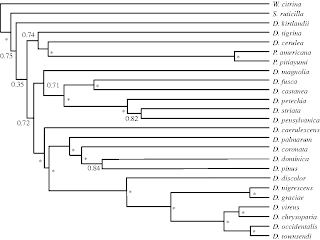Five environmental organizations negotiated with a developer to build luxury homes on part of the Tejon Ranch while preserving the rest.
Tejon Ranch dates to a land grant in 1843. Subsequent owners expanded the holdings to 270,000 acres of mountains, lakes, valleys and canyons. Parts of the property are used for cattle, farming, vineyards, mining and oil production. Most of it is untouched. The California condor — nearly extinct 25 years ago — flies over the ranch. Only 150 condors — whose 9-foot wingspan is the largest of any North American bird — survive in the wild. Tejon Ranch is one of the giant bird's prime habitats.Apparently 90% will be preserved, and 26,000 homes will be built on the 10% of development land.*
The carnivorous vulture symbolized the environmental problems the Tejon Ranch Co. faced in developing the land in a state that has some of the USA's toughest conservation laws. After years of tug-of-war with environmental groups, Stine decided it was time to try for a mega-deal that settled all top issues with leading environmental groups....
The culture clash was challenging, both sides say. As a veteran developer and hard-nosed CEO, Stine had authority to make decisions. By contrast, the six environmental groups worked by consensus. For the Sierra Club and Audubon, public access to the ranch was a top priority. To the Center for Biological Diversity, species preservation and habitat protection were paramount. The result was a break in the united environmental front during the talks.
The linked article, and another in the same newspaper, present conservationist-corporate compromise as a growing trend in the environmental movement. I am all for compromises if they result in better outcomes for wildlife conservation. Federal, state, and local governments cannot protect every parcel that merits protection, and private conservation groups have limited funds for land purchase, especially in areas with high property values. So in many cases it is up to the landowner to act in an ecologically-sensitive manner.
I am not familiar enough with the Tejon Ranch parcel to comment on that specific deal. It is notable, however, that one of the organizations involved, the Center for Biological Diversity, pulled out of negotiations. Meanwhile the praise for the trend in the second article comes from a representative of the American Enterprise Institute. While compromise can be constructive, environmental groups must be careful not to support greenwashing or deceptive marketing. Such campaigns will do more harm than good because they obscure the choices that companies and consumers are really making.
* Of course, given the current state of the housing market (especially in California) even that number seems extraordinarily ambitious for the developer.























